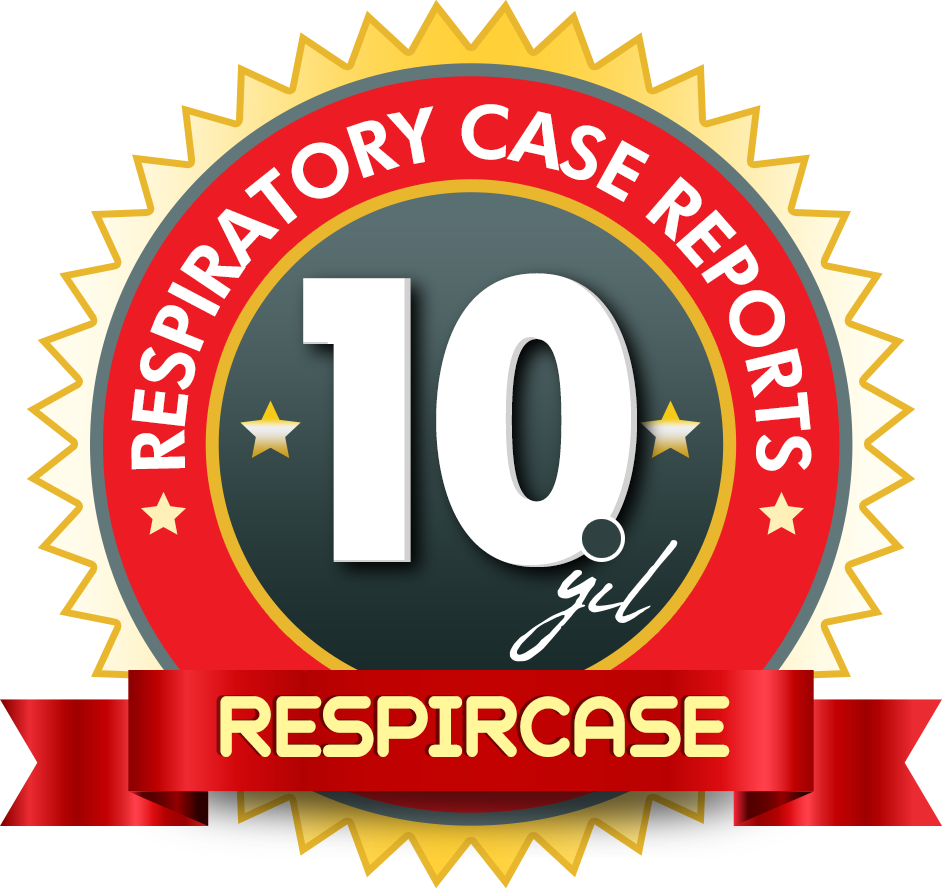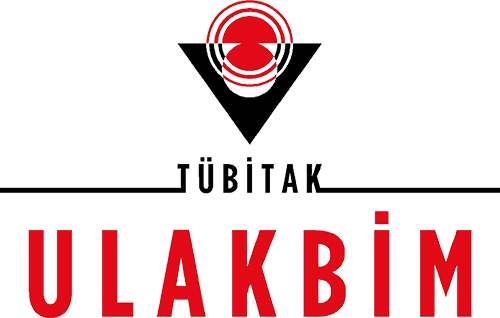

İnsidental Bir Bronşiyal Atrezi Olgusu
Ayşe Baha1, Ugurcan Balyemez21Girne Devlet Hastanesi, Göğüs Hastalıkları Kliniği, Girne KKTC2Yakın Doğu Üniversitesi Tıp Fakültesi, Radyoloji Anabilim Dalı, Lefkoşa, KKTC
Bronşiyal atrezi nadir görülen bir durumdur. Radyolojik olarak genellikle perihiler kitle lezyonu ve periferal havalanma artışı şeklinde karşımıza çıkar. Yirmi dokuz yaşında asemptomatik erkek hastanın iş başvurusu sırasında yapılan sağlık taramasında çekilen akciğer grafisinde sağ perihiler kitle saptanmış. Kliniğimize başvuru öncesinde hastaya kontrastsız toraks tomografisi (BT) ve PET-CT çekilmiş. Fizik muayenesi normal olan hastaya kontrastlı toraks BT çektik, sağ santral kitle ve periferinde hava hapsi saptadık. Solunum fonksiyon testi normaldi. Bronkoskopide tüm bronşlar açıktı, sağ üst lob posterior segment girişinde küçük kör sonlanan orifis görüldü. Bu olguyu, radyolojik olarak kanser le karışabilmesi ve nadir görülmesi nedeniyle sunmak istedik. Kitle imajı ve periferik hava hapsi ile karakterize olan bronşiyal atreziye klinik ve radyolojik olarak tanı koyulabilir ve gereksiz invazif girişimlerden kaçınılabilir.
Anahtar Kelimeler: Kitle, hava hapsi, bronşiyal atreziA Case of Incidental Bronchial Atresia
Ayşe Baha1, Ugurcan Balyemez21Girne State Hospital, Clinic of Chest Diseases, Kyrenia, TRNC2Near East University Faculty of Medicine, Department of Radiology, Nicosia, TRNC
Bronchial atresia (BA) is a rare condition that appears radiologically as a perihilar mass lesion and increased peripheral aeration. A 29-year-old asymptomatic male patient was identified with a right perihilar mass during a routine medical examination linked to a job application. Before applying to our clinic, the patient had had undergone non-contrast thoracic CT and PET-CT. Physical examination was normal, while contrast-enhanced thorax tomography revealed a right central mass and signs of air trapped in its periphery. A pulmonary function test was normal. All bronchi were open on bronchoscopy, however a small blunt orifice was observed at the right upper lobe posterior segment entrance. We present this case due to it being a rare condition and the potential for confusion with cancer radiologically. BA with mass image and increased peripheral aeration on thorax CT can be diagnosed based on clinical and radiological findings, allowing unnecessary invasive interventions to be avoided.
Keywords: Mass, air trapping, bronchial atresiaSorumlu Yazar: Ayşe Baha, K.K.T.C.
Makale Dili: İngilizce











